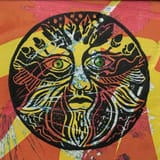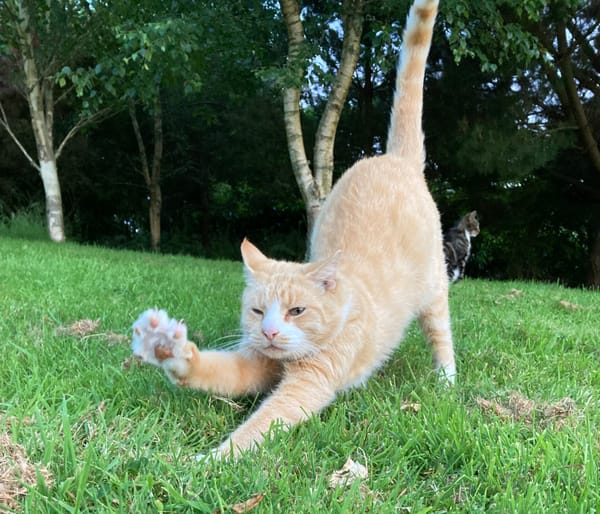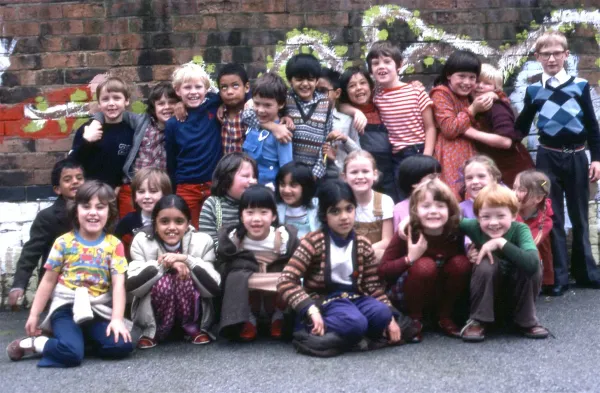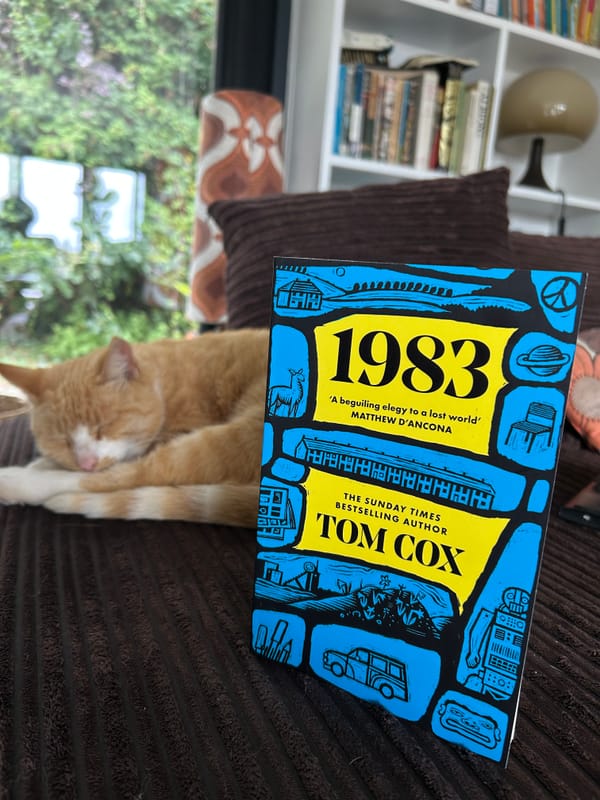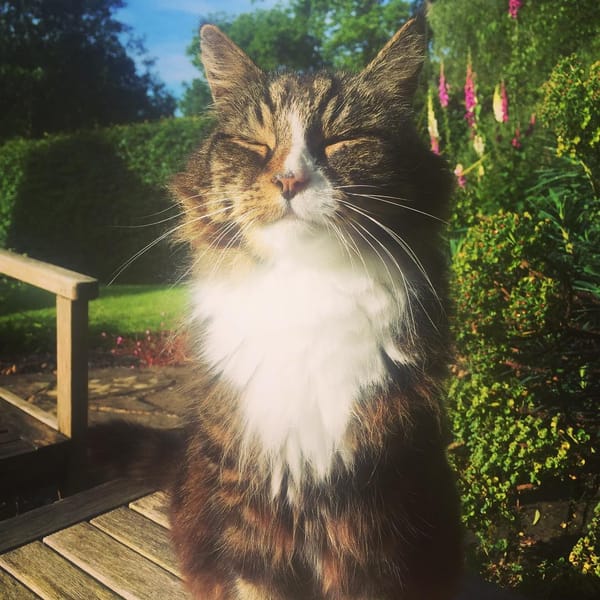Photos And Some Other Things Currently On My Mind
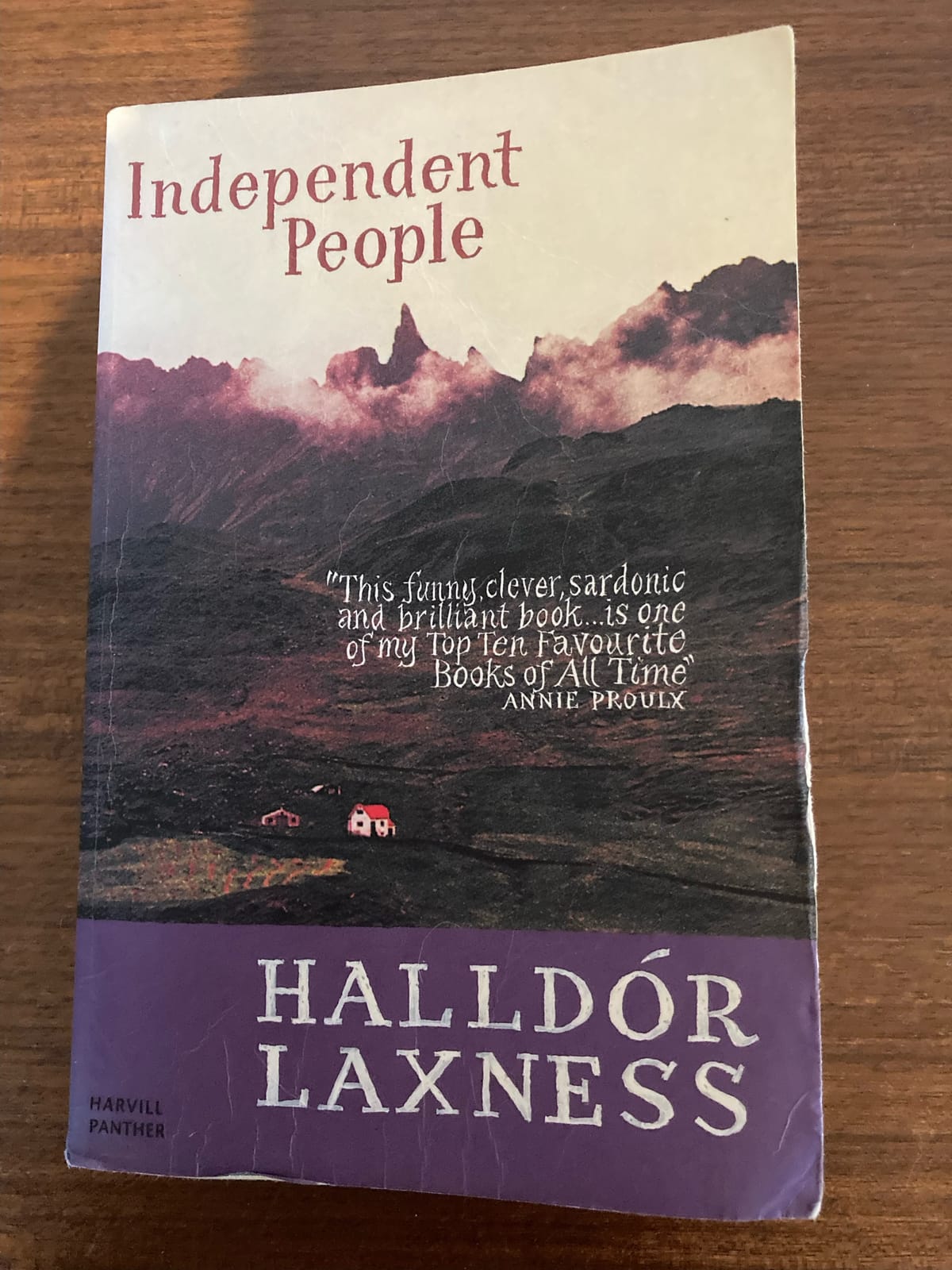
These days, when I’m writing a book, I want to learn, I don’t want to rest too hard on anything overfamiliar, I want to challenge myself to take my writing somewhere it hasn’t gone in the past, and I want a sense of the unknown: a feeling that I’m at least in part writing the book to find out what the book is about. I think about all these things much more than I did back in my 20s and 30s, when the main point of writing a book was to publish a book. There’s another consideration, too, when starting out on a new project, which seems more crucial than it ever has been: Is this book going to be a fun place for me to hang out for a fairly lengthy chunk of my life? Late last autumn I wrote a few thousand words of a new novel. The words were fairly decent, made actual sense and everything and even included a few things which felt pleasantly new, but they did not strike me as the beginning of a universe I thought would be fun to hang out in. I binned them, started again, and found a slightly tilted version of the same universe, and I’m enjoying being there a lot. Will the book be better than my previous one, Villager? I would like it to be, but I enjoyed writing Villager enormously and think the main point is that this follow-up is pulling me along in the same, addictive way where I can’t get enough of it, can’t wait to watch more of the universe unfurl. It is something new and strange beginning to exist that didn’t exist before and could not exist in the same way if it was done by anyone else and that is arguably the best and most important feeling available to any creative person. I need that feeling, every time I write, and I trust the results it will yield.
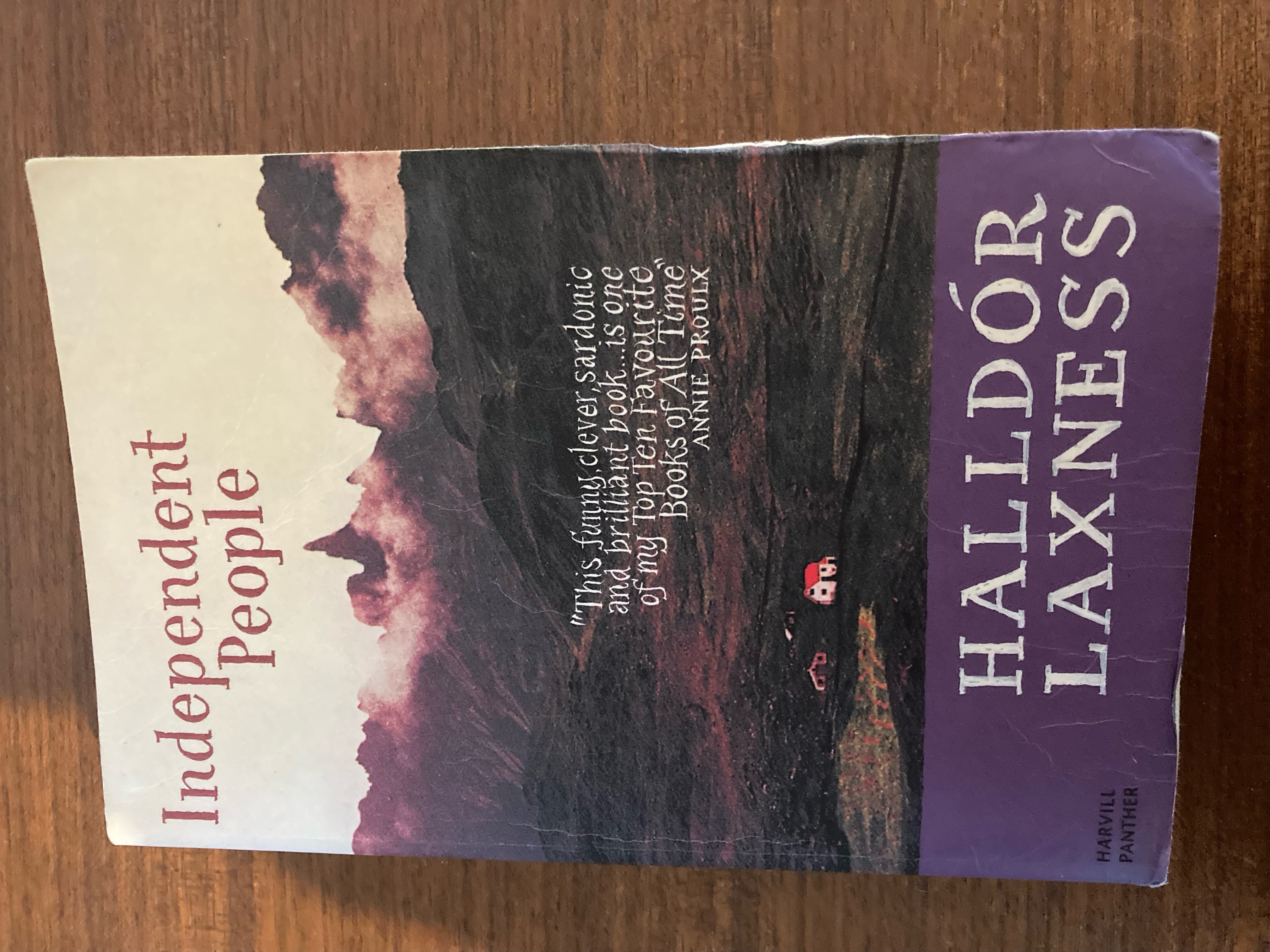
I notice that a lot of the novels I’ve read that have stayed with me most intensely - Adam Thorpe’s Ulverton is one that springs instantly to mind - were novels I took a couple, or even several, runs at before I got into them. It’s been the same with Independent People, the epic book the Icelandic writer Halldór Laxness published in two volumes in 1934 and 1935. I started it a couple of years ago, gave up, started it again, got a little further, gave up again. I’m well beyond halfway in my third attempt at it but even now, finding myself needing to come up for air and break off to read, say, a short Italo Calvino novel for light relief. Laxness is a brilliant writer: poetic, constantly surprising, unflinching as he stares at the best and worst of human nature. But it’s January, it’s been raining for twelve years without stopping here in Cornwall, I’ve just submitted my tax return and sometimes reading long descriptions of the death of farm animals in a bitterly cold Icelandic valley haunted by the angry bones of a vengeful frost hag is not the best remedy. Also, the main character is, for all his single-minded determination to make his own way as a crofter in a bleak spot without the help of the ruling class, a total git: obnoxious, woman-hating, contrary, at times breathtakingly cruel. I’ll come back to Independent People soon, no doubt be glad I persevered, owing to the way it broadened my perspective on history and the world and the things prose can do, but for now I need to listen to some high energy songs, read about outer space, buy a houseplant that I don’t have room for, go on a long walk, remind myself that life is not just one miserable struggle against the northern elements, surrounded by bereaved cattle and sheep blighted by lungworm.
Every horror writer will tell you they’re not a horror writer, so take from this what you will, but I’m not a horror writer. The Shirley Jackson Horror Writing Award I won a few years ago for the opening story in my book Help The Witch is misleading: the story is undoubtedly a creepy, unsettling one, but I doubt it would do anything for someone who solely read horror genre fiction. It’s also - in my opinion - only the eighth or ninth best story in the book, one of the ones I challenged myself least with (and undermined slightly by writing - in my subsequent book Ring The Hill - a superior, non-fiction account of the events which inspired it). There’s also a cap on the horror and terror that the other stories contain, primarily for the reason that I am a bit of a wimp, when it comes to that kind of thing, especially as I get older. The graphic violence in the films Midsommar and - especially - Hereditary was too much for me and I can no longer watch Inside Number 9 now it’s become that bit more claustrophobically dark. I think I am more liable to go to sad or scary places in my writing than I once was, because I’m more committed to covering the full range of human experience than I used to be, but I have limits, and it’s that choice again: Am I in a place I really want to hang out? I’m very happy to spend time in some woodland with a lingering ambience of terrible events that took place there 530 years ago but if there’s also a severed ear on the ground nearby I’ll probably give it a miss.

I am more than a little obsessed with the jazz musician Dave Brubeck’s former woodland home in Connecticut, built for him by his architect friend Beverley Thorne in the early 1960s. I’d take out the carpets and maybe change the sofa for the brown corduroy one I got in the Dunelm sale in 2019 but other than that it’s just about perfect: such a bright and green wedding of indoors and out, such a sophisticated party of high quality wood and stone. Brubeck was lucky enough to live in another amazing Thorne building directly before this, the cantilevered Heartwood House in Oakland, California. The TV host Ed Sullivan was so fascinated with it he decided to film an episode of his show there in 1960.
They say that the sound on singles is much bigger and fatter than on LPs. I was very inclined to believe that, when ‘Think I Care’, the bafflingly commercially unsuccessful 1968 single by the Canadian band The Paupers, exploded out of my stereo, one recent evening just after I’d finally tracked down a 45prm original of it. It’s a song that perhaps doesn’t have everything but makes you feel, for its three minute duration, that psychedelic bongos, deranged snarling vocals, sassy backing vocals and fuzz guitar actually are everything, and you could never want anything more.
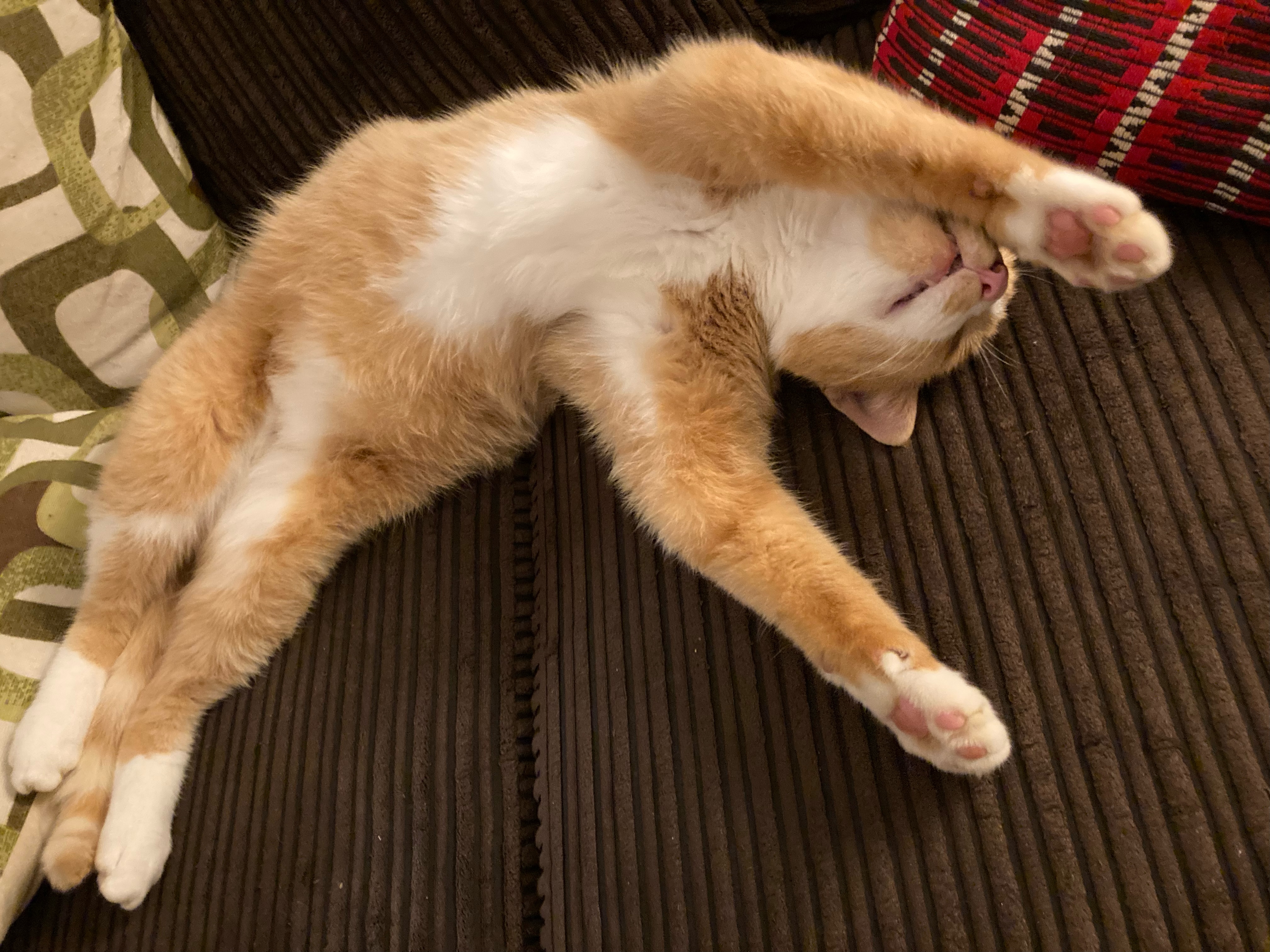
Jim is an enormous, extremely soppy cat who also sometimes goes by his original name Mango and in theory lives semi-wild at a farm a couple of fields away from our house, but our cat Charles brought him over for dinner on December 6th and Jim hasn’t properly left since. Our infamously despotic other cat Roscoe is very accepting of him. Charles, meanwhle, patently falls a little more in love with him every day. During the early mornings, Charles and Jim playfight, with Charles sitting on the 1970s swivel chair in the living room and Jim spinning him in circles from below with epic paw control. Jim, who is around a foot taller than me when he stands up on his hind legs, could effortlessly deck Charles if he wanted to, but his nature is so gentle that he is always well within himself during their tussles. His immense size seems to be one of the countless things he is unaware of, along with the names of the world’s capital cities, the fact that the catflap works in the same way from both sides and the vacuum cleaner’s total lack of personal vendetta against him.
Please note that if you haven’t read Villager yet, I have a few signed first edition hardbacks here, to sell direct to people in the UK. Drop me an email for info on how to order. If you are outside the UK, Blackwells will send it to you with free delivery. Or if you would like to wait for the paperback, that will be along in late March.
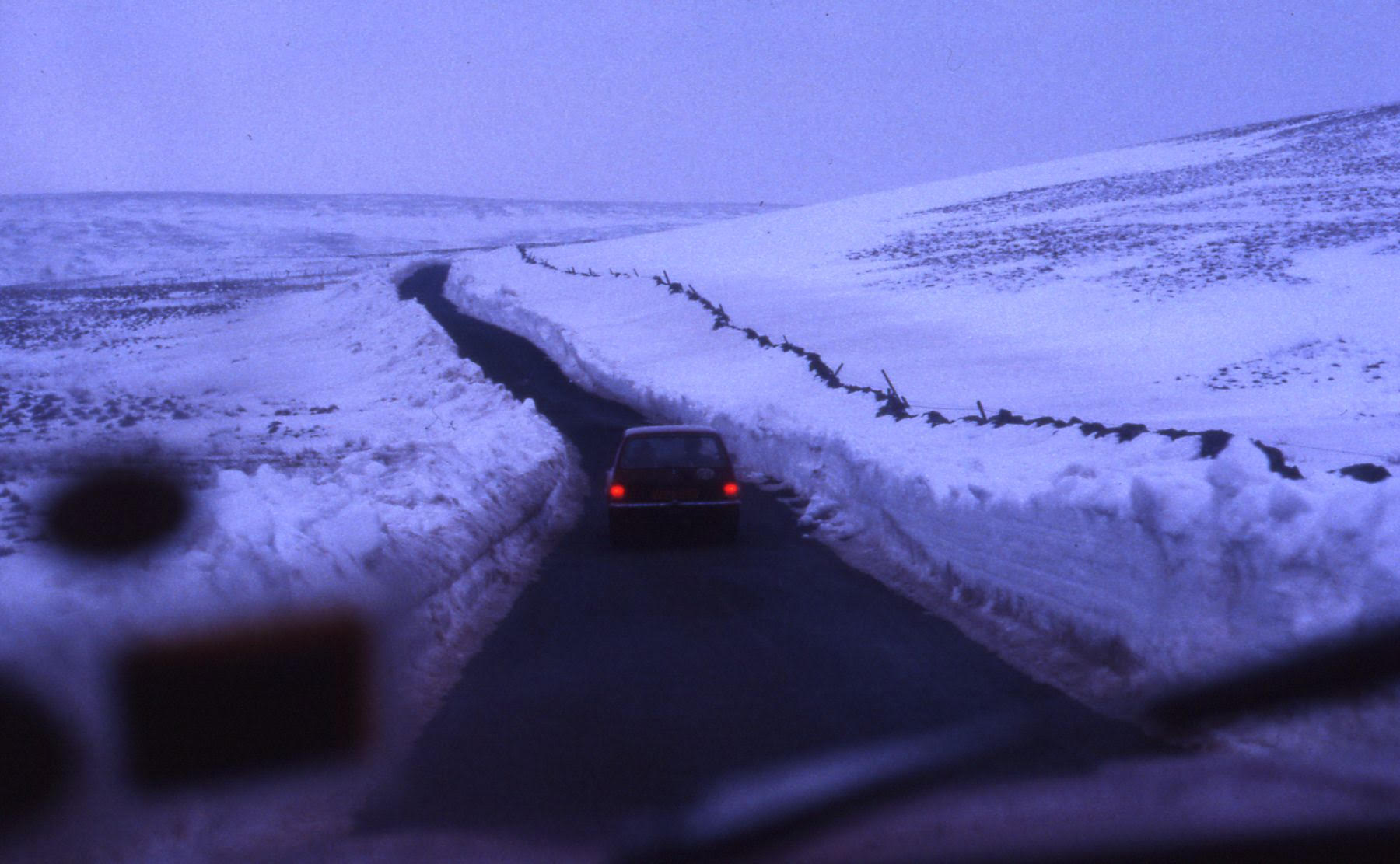
I sometimes forget that in a pre-smartphone age most people didn’t take a lot of photos of their everyday life. My family did, and I am thankful for that, especially as I get further into the researching and writing of a novel set in the early 1980s in the mining country of north west Nottinghamshire, where I grew up. As I go through my mum and dad’s old albums, I fall down holes in time and little cupboard doors that have been closed for years creak open, revealing more about the way my life once was: innate events that are part of me but nonetheless seem revelatory as they return. The photo above might not seem like anything very special, but it’s one I keep coming back to. I am conscious of a lot of the reasons I like it but not all of them, and I think that makes me like it even more. It was taken by my mum in early February 1983 and I doubt she would have imagined anyone looking at it 40 years later and pondering its meaning of significance. My dad was driving, my mum was in the passenger seat, and I was in the back. The car in front of us is a mid 70s Opel Kadett C estate which contains my mum and dad’s friends Malcolm and Cheryl and their very young daughter, Rachel. It was early in the morning and - at Malcolm’s insistence - we were on the way to the cave near Knaresborough where Ursula Southeil, more commonly known as Mother Shipton, the most famous prophetess of the Tudor period, was born during a violent thunderstorm in 1488. You can see from the snowdrifts at the side of the road just how cold it is. At the time we staying in a white cottage high on a hill in Dentdale, just over the border from Yorkshire into Cumbria. The cottage had cold York flagstone floors and Breakfast TV and TV-Am had just started broadcasting. One day we drove north and walked over the border, just so I could touch Scotland for the first time, but most of the time we did very little, because my dad had flu. He sweated copiously, as a result of the illness, and his sweat froze, leaving the bedsheets covered in icicles.
There are a few more of my family photos from the early 80s - with some accompanying stories - below this line, including one of me attacking Margaret Thatcher. They will appear in full on www.tom-cox.com in a week’s time, where everyone can read them for free, but if you can’t wait until then you can always upgrade your substack to a paid subscription now.
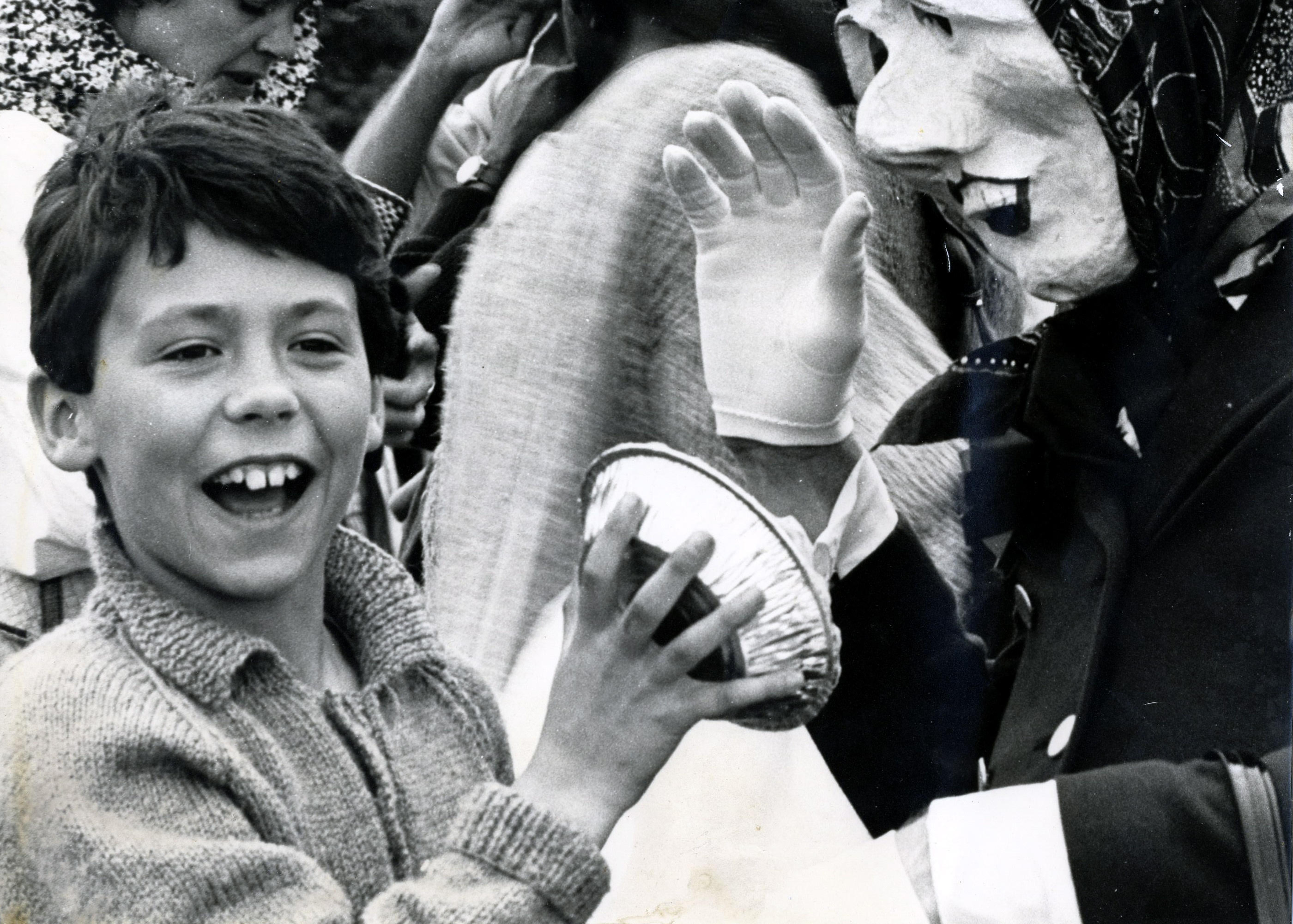
I would guess this is 1985. I am around ten and about to smash a man dressed as Margaret Thatcher in the face with a custard pie at a CND funfair somewhere near the River Trent, not far from an area called The Meadows, which hadn’t been meadows for a long time, even then. The thing I remember most about this CND funfair is that it had a vast inflatable which you could actually go inside, which made the children there feel like they had suddenly stepped directly into the future. I don’t remember precisely which of my friends were at the event, but I know one would have been Danny McGuire, who had long orange hair, had a mum who went to protests at Greenham Common, brought very thick brown bread sandwiches to school, always had salted popcorn at his birthday parties and had already told me lots of cold hard facts about life by the time we were seven, such as about the government hating all poor people, and Santa Claus and Christianity being bullshit that nobody sensible or grown-up believed in.
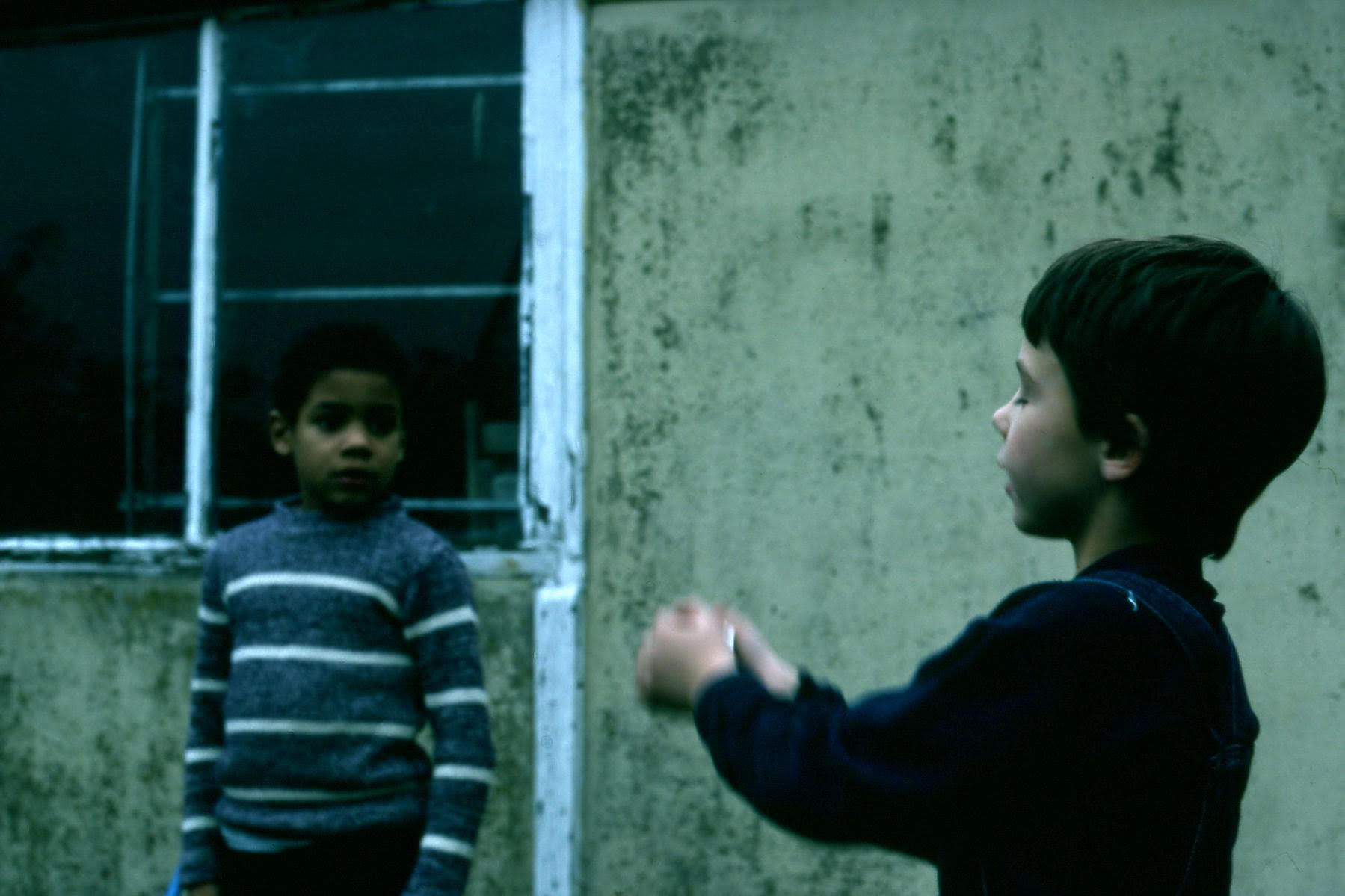
This is me and my friend Edward in my garden in Brinsley, Nottinghamshire. Between the age of five and eight, Edward was probably my best schoolfriend. He lived many miles away, with his adopted family, in a house in central Nottingham full of shoes and toys. Like me, he was quite boisterous and imaginative and loved being outdoors. I can’t remember why we drifted from each other in the final years of primary school but it might have been something to do with the fact that I let him down by throwing a sickie on the day Playschool came to film the school’s Harvest Festival, which we’d been scheduled to be partners for. If he is out there reading this, I would like him to know it was nothing personal, and merely the first instance of my lifelong aversion to TV cameras. I can’t help noticing the two of us have gone against my mum and dad’s warnings and got perilously close to my mum and dad’s asbestos garage here.

I think this is from summer, 1982. The people in it are my dad (visor), my uncle Tony and my aunt Marilyn and, again, my mum is behind the camera. My cousin Fay and I are somewhere nearby, out of shot. The six of us have stopped at Lake Geneva - unless it is Lake Como, nobody in the family can tell me and I can’t quite match it up from photos online - on the way to camp near our relatives’ house close to the west coast of Italy, which we did every summer in the early 80s. The car my dad and my uncle Tony are leaning on is a Morris Marina estate, which my parents had bought to replace their maroon Morris Marina saloon, and which - after I’d been to see it with my dad - I thought about every day, sure it would change my life in myriad amazing ways. In fact, it might even be said that, much as I had looked forward to camping in Italy, I had looked forward to travelling in the Morris Marina estate to Italy even more. The holiday was very doable, despite being quite exotic and far away and my family not being comfortable for money: petrol was cheap and the campsite was cheap, as were the others we stayed at on our route. We ate on a budget, barbecueing shop-bought food outside the tent or eating pasta dishes made by our relatives using produce grown on the land behind their car repair business in the nearest town. At night, wild dogs howled in the hills above the campsite. In the day, I walked around barefoot, studying lizards, huge red toads and the fat-bodied inky-looking ants who carried off baguette crumbs multiple times their body weight to a mysterious destination, and looking into the sunworn faces of Italian people near the end of impossibly long healthy lives and realising, properly, for the first time, that one day in the future I would no longer be here on earth, existing as the small but very definite and palpable thing I had become.

In this photo I’m setting out an obstacle course in our driveaway here for my schoolfriend Julian Kashdan, whose house was brown and whose parents owned the first Betamax video recorder I ever saw. Julian had very nice shiny hair which he used to very compliantly allow me to twiddle while we sat in class, although I had probably grown out of that phase by the time this photo was taken. Our teacher Miss Needham would bring all the tables together, spread a huge piece of paper on them, and encourage the whole class to tell an epic story by drawing on it. During these occasions, I would invariably have a felt-tip in one hand and some of Julian’s hair in the other. You can see I am being a bit harsh here, in terms of the distance I have left between the plantpots, or maybe I just have very high expectations of Julian’s cycling ability. Incidentally that plastic AA Vehicle in the background was shit, and the pedals on it never worked properly.
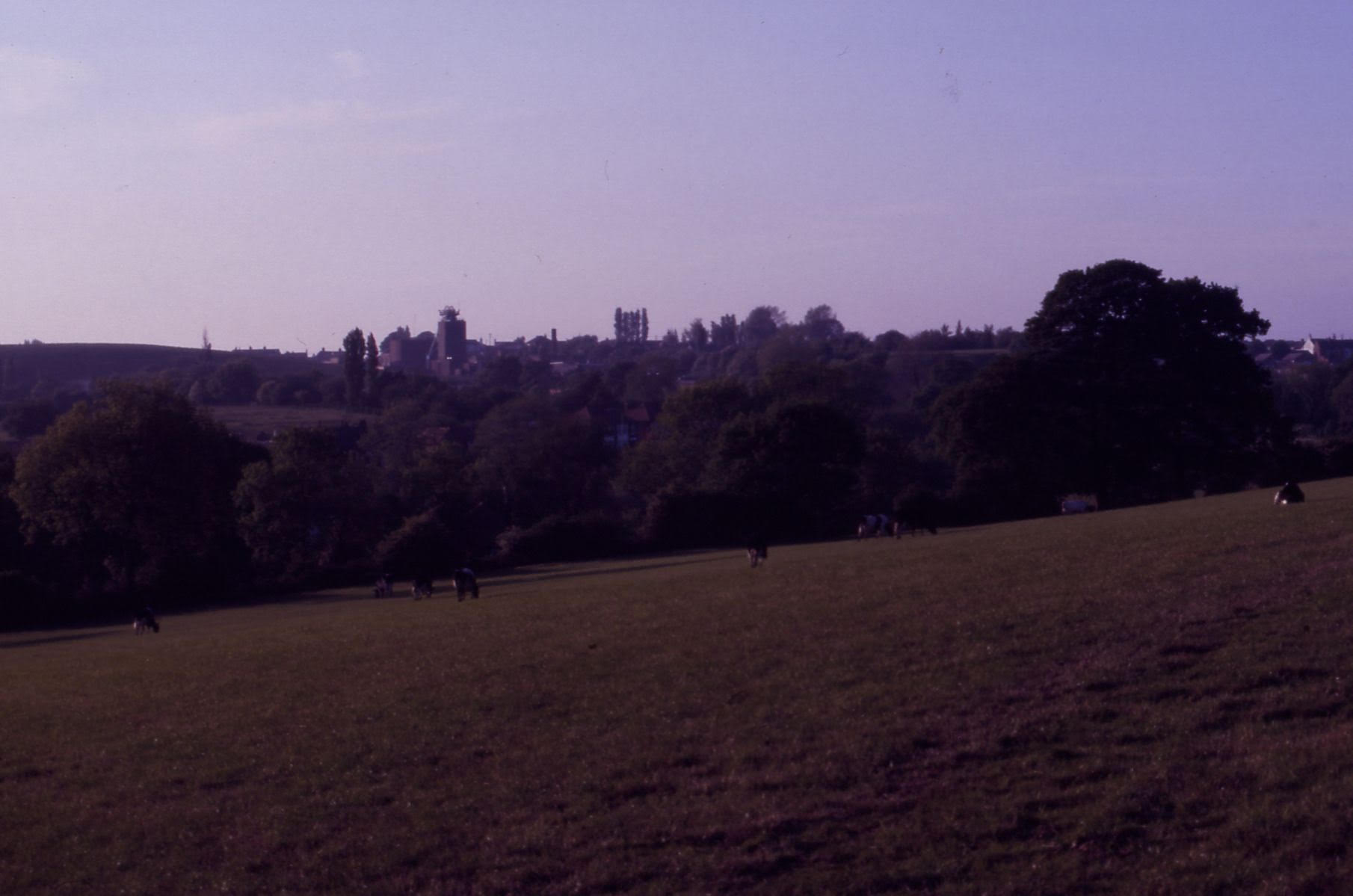
This is not a great photo but I like it because it’s the one which accords mostly closely with the way I see the landscape of my childhood in my mind: Nottinghamshire pit country, a little bitter and grim, but with plenty of green space around to suit my exploring needs. It’s taken from Willey Lane and the headstocks in the background are those of the Pye Hill Number 1 Colliery at Underwood. The highest hill in the background is actually a spoil heap, made with waste from the mine. In the field beneath it lived a horse I was very scared of. Willey Lane - whose name I was always amazed more people didn’t find hilarious - was where my mum and I caught the bus to my primary school (where my mum taught English As A Second Language) on the days when my dad wasn’t able to give us a lift: a red double-decker that always smelt overpoweringly of stale cigarette smoke and on whose upper floor I always insisted on sitting, right at the front, so I could pretend I was steering us from a great and imperious height. My steering necessitated a lot of concentration and took us past the reservoir from DH Lawrence’s Women In Love and a pub that my dad never wanted to because he said the garden was full of dog poo, past my aunt Jayne’s house opposite the smelly bread factory in Watnall, through Nuthall past the three-legged dog who often got walked near the bypass and Basford and up past the mosque which we had visited in our socks on a school trip and finally to the entirely different planet that was central Nottingham.
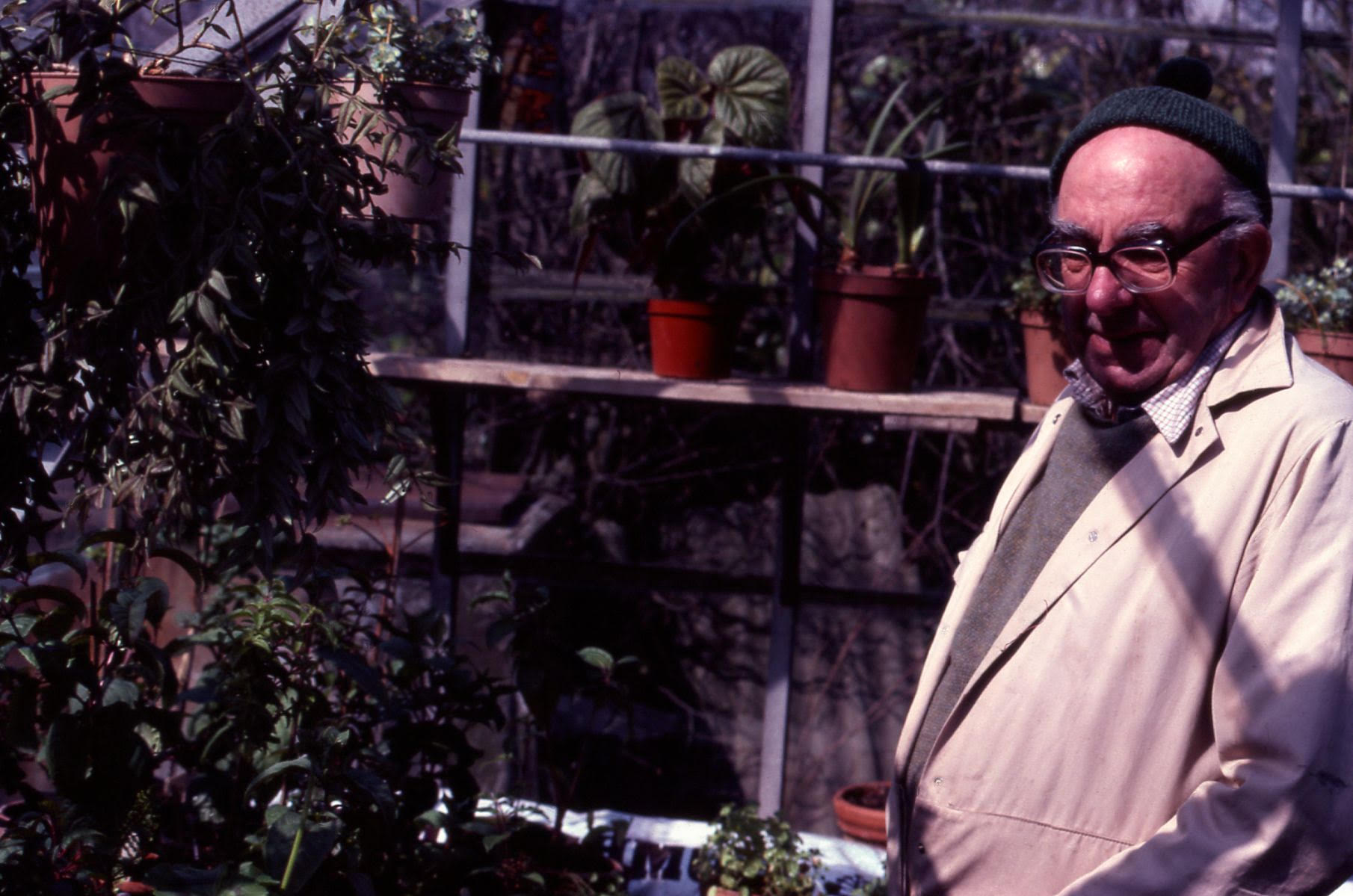
This is Mr Riley. He lived four doors up from us in Brinsley, the Nottinghamshire village where I spent the first decade of my life. He’d been a miner, suffered from emphysema as a result, and now, alongside his wife, spent most of his time gardening and, like pretty much every adult I spent time with as a pre-teen, getting angry about Margaret Thatcher. He was permanently dressed in a boiler suit stained with compost and pollen and seemed to carry the strong pungent smell of his greenhouse with him everywhere he travelled, which wasn’t far. Once you got beyond the Rileys’ house, you were pretty much at the pit road, and during the miner’s strike in 1984 he was constantly popping up to the picket line with flasks of tea. Next to the pit road was also the spoil heap where I made dens using old mattresses and the many other dumped household items I found in the vicinity, sometimes stopping at the Rileys en route. One time - an occasion when, probably uncoincidentally, I happened to be chewing some Wrigley’s Juicy Fruit - they told me that all children who swallow their chewing gum instantly die and that if I didn’t believe them I just needed to check in St Mary’s churchyard, up the road at Greasley, because there was plenty of proof.
